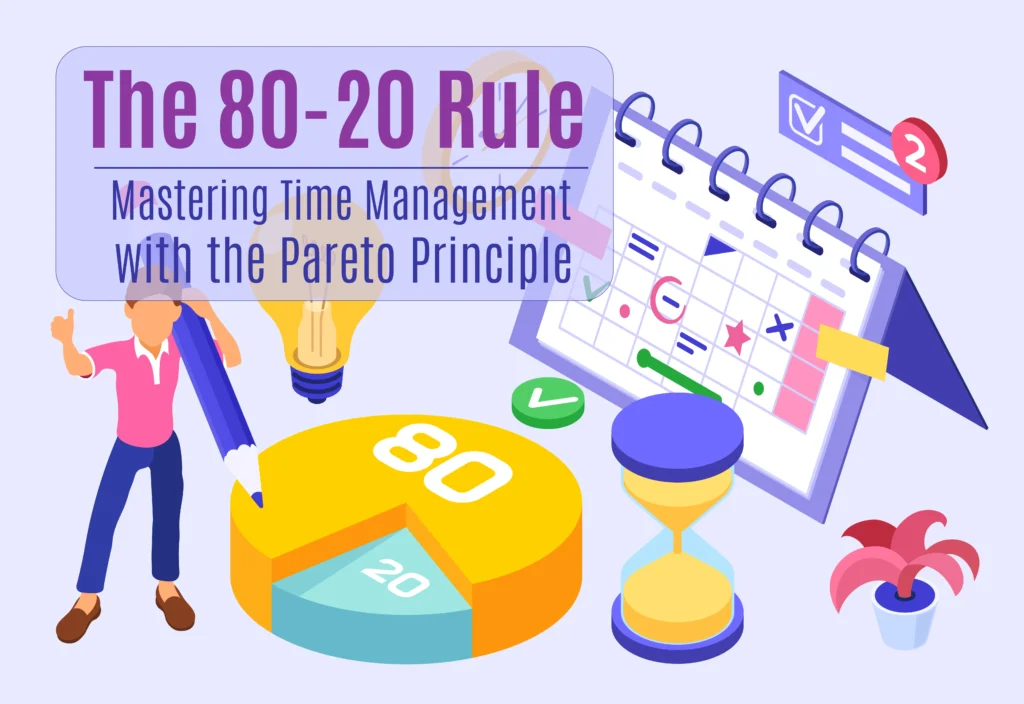8 Mistakes to Avoid When Paying Off Debt
Paying off debt can feel like climbing a mountain—challenging, exhausting, but incredibly rewarding once you reach the top. However, even with the best intentions, many people unknowingly make mistakes that slow down their progress or even backtrack their efforts. Whether you’re tackling credit card balances, student loans, or personal debt, avoiding common pitfalls can be the difference between financial freedom and frustration.
This blog provides practical strategies to keep you motivated, avoid missteps, and develop healthy financial habits along the way. Whether you are tackling student loans, credit card debt, or personal loans, avoiding these eight mistakes will make your journey smoother. Let’s dive in!

1. Neglecting to Make a Realistic Budget
A proper budget is the backbone of successful debt repayment. However, many people skip this crucial step or underestimate how much they spend. Without a budget, it’s easy to overspend and lose track of your financial priorities.
Identifying Essential vs. Non-Essential Expenses
The first step in building a budget is to differentiate between essential and non-essential expenses. Essentials include things like rent, groceries, transportation, and utilities—costs that are necessary to maintain your daily life. On the other hand, non-essential expenses—such as eating out, streaming subscriptions, or impulse purchases—are areas where you can cut back.
You don’t need to eliminate non-essentials altogether. However, reducing unnecessary spending and funneling those savings into debt repayment can significantly speed up the process.
Creating a Debt Repayment Plan
Once you understand your spending patterns, it’s time to create a debt repayment plan. List all your debts, including their interest rates, due dates, and minimum payments. Make sure your plan accounts for your income and monthly expenses to avoid overextending yourself financially.
Allocating Extra Funds Towards Debt
If you receive a bonus, tax refund, or any windfall income, put it toward your debt. Paying off a portion of your debt early reduces the amount of interest you’ll pay in the future and brings you closer to financial freedom.
2. Paying Only the Minimum Amount Due
It’s tempting to stick to minimum payments, especially when money is tight. But only making the minimum payment will keep you in debt longer and cost you more in interest over time.
Consequences of Paying Only the Minimum
The biggest downside of minimum payments is that they often only cover the interest or a small part of the principal. This means that the balance barely decreases, making it harder to achieve meaningful progress.
For example, if you have a $5,000 credit card balance with an 18% interest rate and make only the minimum payments, it could take years to pay off the debt—and you’ll pay thousands of dollars in interest along the way.
How Interest Compounds Over Time
Compound interest means you’re paying interest on both the original loan amount and the accumulated interest. The longer you take to pay off your debt, the more it grows, creating a snowball effect.
Strategies to Pay More Than the Minimum
To get ahead, aim to pay more than the minimum amount whenever possible. Use one of these two strategies to accelerate your progress:
- Snowball Method: Pay off the smallest debt first, while making minimum payments on others. Once the smallest debt is paid, move to the next smallest, and so on.
- Avalanche Method: Focus on paying off the debt with the highest interest rate first, then work your way down. This approach saves more money on interest in the long run.
Both strategies are effective, so choose the one that motivates you the most.
3. Using New Credit While Paying Off Debt
Using credit cards or taking out new loans while trying to eliminate debt is like trying to fill a bucket with a hole in it—you won’t get anywhere. Many people make the mistake of accumulating new debt, which counteracts any progress they’ve made.
Understanding the Risk of Credit Relapse
When you see progress in your debt payoff journey, it can be tempting to reward yourself by spending more. However, using credit again—even for small purchases—can create a setback. This behavior often leads to a “credit relapse,” where new balances add to your overall debt and extend the repayment timeline.
Setting a Spending Freeze
A helpful way to stay focused is to implement a personal spending freeze for non-essential items. This doesn’t mean you can’t spend money at all, but it encourages you to limit spending to necessities until you reach certain debt milestones.
Managing Temptations and Impulse Purchases
Impulse buying can derail your efforts. One effective tactic is to leave your credit cards at home and switch to cash or debit for everyday expenses. This forces you to think twice before making non-essential purchases.
4. Ignoring the Importance of an Emergency Fund
While it may seem counterproductive, building an emergency fund is essential—even when you’re focused on paying off debt. Without a financial safety net, unexpected expenses can force you to use credit again, undoing your hard work.
Why Emergency Savings Are Critical
Unexpected expenses—like medical bills, car repairs, or home maintenance—can crop up at any time. If you don’t have savings, you may feel forced to put these expenses on a credit card or take out a loan, increasing your debt load.
How Much Should Be in an Emergency Fund?
As a general rule, aim to save $1,000 as a starter emergency fund. This amount should cover most minor emergencies. Over time, work towards saving enough to cover 3-6 months of essential expenses.
Building an Emergency Fund Alongside Debt Payment
You don’t need to choose between saving and paying off debt. Set aside small amounts, such as $50 or $100 per month, for your emergency fund while continuing to make debt payments.
Automated Savings Strategies
Automate your savings by setting up automatic transfers to a separate savings account every payday. This ensures you’re building your fund consistently without needing to remember.
5. Failing to Address High-Interest Debt First
Not prioritizing high-interest debt can cost you more in the long run. Debts with high-interest rates—like credit cards—should take precedence, as they accumulate interest much faster than low-interest loans.
Understanding the Impact of High-Interest Rates
Credit card debt, with interest rates ranging from 15% to 25%, can quickly spiral out of control. If you don’t focus on these debts first, you’ll end up paying far more in interest than necessary.
Credit Cards vs. Personal Loans
Since personal loans usually have lower interest rates than credit cards, it makes sense to prioritize paying off high-interest credit card debt first. Then, shift your attention to personal loans or other lower-interest debts.
Refinance or Consolidate Debt?
Debt consolidation is an option worth exploring if you’re managing multiple high-interest debts. By combining your debts into one loan with a lower interest rate, you can simplify payments and potentially save money.
Tools for Managing Multiple Debts
Use debt management apps like Undebt.it or Mint to track your repayment progress, stay organized, and avoid missing payment deadlines.
≫ Related Post: How to Negotiate Lower Interest Rates with Your Creditors
6. Overlooking the Psychological Aspects of Debt
Debt repayment isn’t just about numbers—it’s also an emotional and mental challenge. Ignoring the psychological impact of debt can lead to burnout and make it harder to stay committed.
Dealing with Financial Stress and Anxiety
Debt can cause significant stress, leading to anxiety and even depression. Acknowledging these emotions is important, as it allows you to find healthy ways to cope, such as talking with friends or practicing mindfulness techniques.
The Emotional Impact of Debt
Carrying debt can affect your self-esteem and mental well-being. It’s easy to feel guilt or shame, but remember that many people face financial difficulties. Be kind to yourself and focus on making steady progress.
Setting Realistic Financial Goals
Rather than trying to pay off everything all at once, break your debt into manageable goals. Achieving small wins—such as paying off one credit card or reducing a loan by a specific amount—helps you stay motivated.
Rewarding Small Milestones
Celebrate your progress by treating yourself to small rewards, such as a movie night or a favorite meal. These rewards reinforce positive behavior and keep you motivated.\
7. Not Seeking Professional Help When Needed
If your debt feels overwhelming, don’t hesitate to seek professional help. Financial advisors, credit counselors, or debt management services can provide the support you need.
When to Consult a Financial Advisor
A financial advisor can help you create a personalized repayment plan and offer strategies to manage your finances effectively.
Choosing a Debt Counselor or Coach
Debt counselors can negotiate with creditors on your behalf, potentially lowering your interest rates or monthly payments. Look for certified professionals from reputable organizations, such as the National Foundation for Credit Counseling (NFCC).
Benefits of Debt Consolidation Services
Debt consolidation can streamline your payments, making it easier to manage multiple debts. However, it’s essential to understand the terms to ensure it’s the right fit for your situation.
Risks of Debt Settlement Programs
Be cautious with debt settlement programs. While they can reduce your total debt, they may hurt your credit score. Always read the fine print before signing up for any program.
8. Quitting Too Soon or Losing Motivation
It’s common to feel frustrated during your debt repayment journey, especially when progress seems slow. However, giving up too soon can undo months or even years of hard work.
Understanding the Plateau Effect
Debt repayment often has a plateau phase, where it feels like little progress is being made. This is normal—staying patient and consistent will eventually pay off.
Tracking Progress with Milestones
Use milestones to track your progress. For example, celebrate when you pay off 25%, 50%, and 75% of your debt. Tracking your achievements visually can help keep you motivated.
Visual Aids for Motivation
Create a progress chart or use a debt tracker app to visualize how far you’ve come. Seeing your progress, even if it’s slow, can inspire you to keep going.
Conclusion
Paying off debt takes time, patience, and careful planning. Avoiding these common mistakes—like ignoring a budget, taking on new credit, or neglecting high-interest debts—can make the journey easier and more rewarding. Stay focused, celebrate small wins, and don’t hesitate to seek help if needed. Every step brings you closer to financial freedom.
















